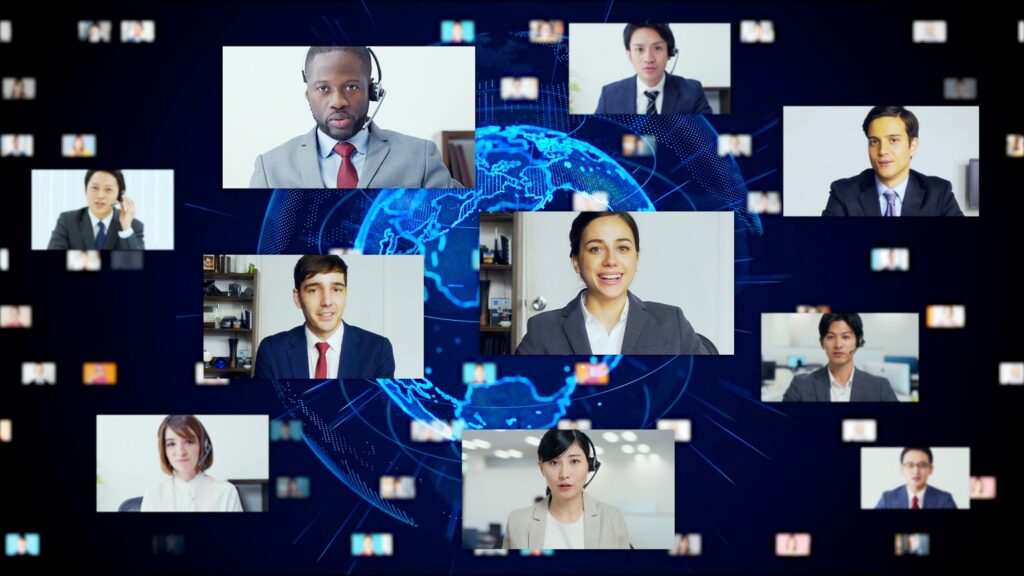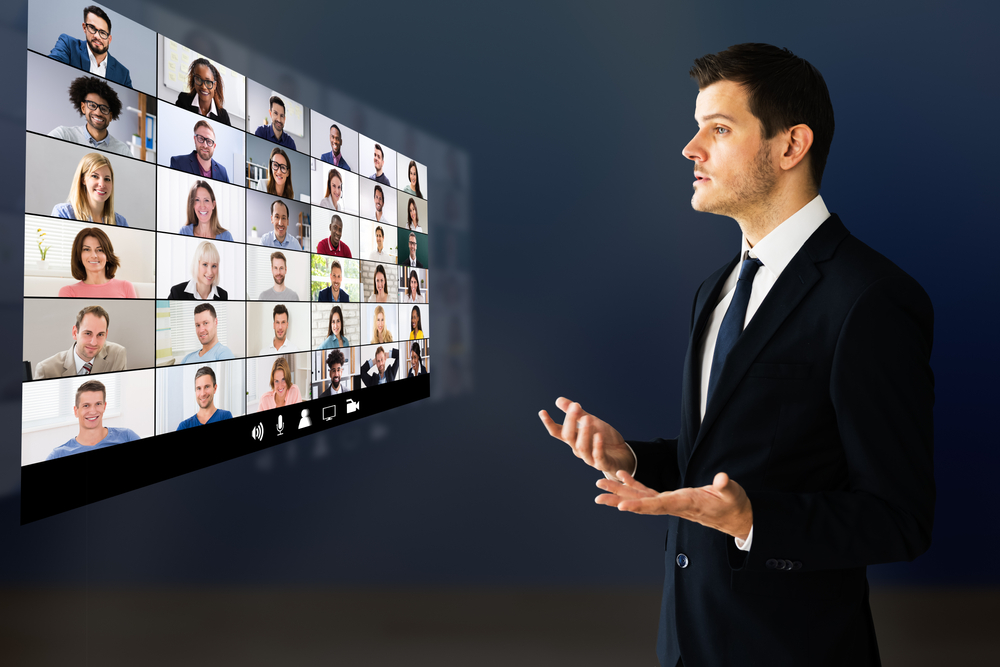-
Johnny Palmer
- April 6, 2020
Education is always evolving. Although rooted in the Victorian classroom model, there have been numerous advancements in the field as practitioners continue to seek the best, most effective way of teaching and learning.
Recent events and the overall shift in the culture of education has meant that e-learning, remote-learning and alternative education delivery models have been supercharged. Teachers and institutions may be uncertain about this bold new method of teaching, but there are enormous opportunities this new wave of education can provide. Here are the top six:
Online Learning vs Classroom Learning
Removing practical barriers
Traditional education requires complex routine and ceremony. Consider the process of preparing uniform, getting to a classroom, moving around and getting home. Many hours of non-value-adding time per day are spent doing all of this. These activities also come at a considerable financial cost (and opportunity cost). All the while, this is time and resource that students and teachers alike could be using to improve and accelerate their learning.
Remote learning removes all these barriers, complexities and costs – meaning students get more from their educational experience and teachers can deliver better and richer experiences.
Supporting the ‘forgotten middle’
One of the biggest challenges teachers face is supporting middle attainers. High performers are often provided with extension opportunities and those who struggle get additional support to meet learning objectives, yet those in the middle often lack the opportunity to fulfil their potential. These are the learners who miss out on the support, challenge and development that could move their learning forward. This is, in part, because teachers have to respond to the most immediate demands and middle attaining learners are less likely to be vocal, disappearing into the background. Not being willing to raise hands, participate in group activities or express concerns can amount to slower progress and hinder success.
Remote learning encourages and allows middle attainers to interact at a pace that suits them without having to raise hands or interrupt. They can pose questions or engage with activities, driven by the fact their teacher can see and respond to their queries, no matter what else is happening in the class.
Richness of education material
For many classrooms most content is still delivered only through spoken word and basic teaching aids. Many schools have limited alternative teaching resources. Remote learning means that students are in front of a computer that allows the teacher to present content including live video streaming, websites, third party lectures, animation, pictures, presentations and pictures.
Remote learning means richer and more diverse content.
Helping the visually impaired and those with limited hearing
For students with limited hearing and sight the classroom can be a very challenging environment. Even a large video screen may be hard to see and even with the best hearing aids there can still be barriers to learning. When students are remote learning at home they can choose peripherals (such as screens, headsets and headphones) that are best suited to their needs. Screens can also have a larger field of view in the home than is ever possible in a classroom.
Remote learning can increase enormously the accessibility of education for those who are less able.
Rich data
Building reportable data has always been a challenge for education institutions, teachers and students alike. As remote learning is delivered through digital processes, the opportunities to collect rich, useful data in a usable format are immense. Data such as a student hours, teaching hours, and level of engagement per student are all easily gained. Going further, data sets such as coursework marking, year end results, and teacher performance appraisals can be analysed to build rich insights that can help drive better educational experiences for all.
Remote learning allows rich, accurate data to be obtained.
Scale
Traditional classroom education has intrinsic scale limits in that there are only so many students that can receive a rich educational experience in a room at once. Once the quantity of students gets to a certain number, the classroom experience loses its value. Remote learning allows for an infinite classroom size across multiple regions while maintaining a consistent experience for all students. If your platform supports it, like Intelligo does, each student can still interact with the teacher through messaging, and the teacher can answer messages in a concise and customised manner.


